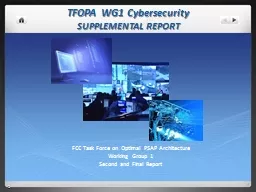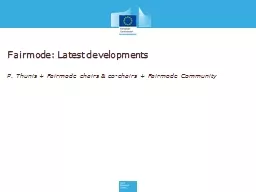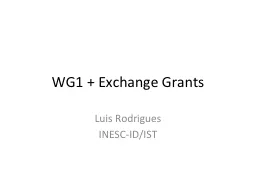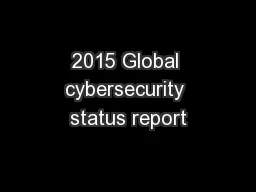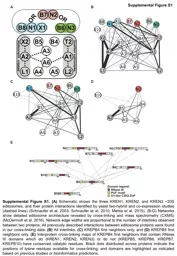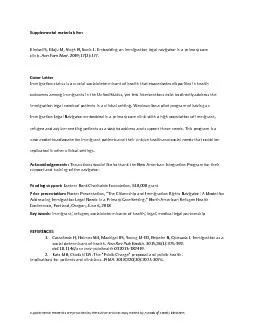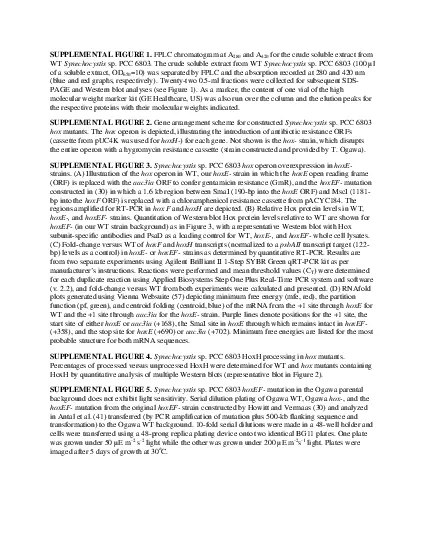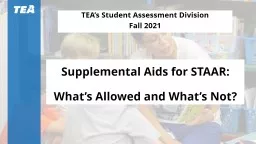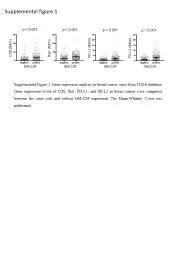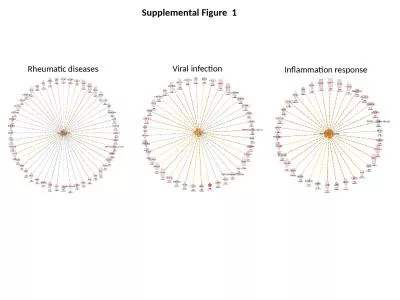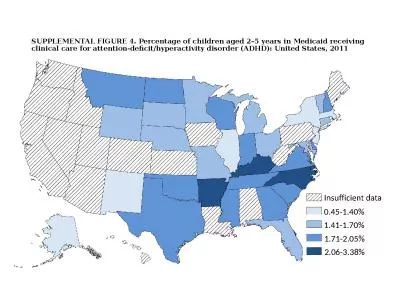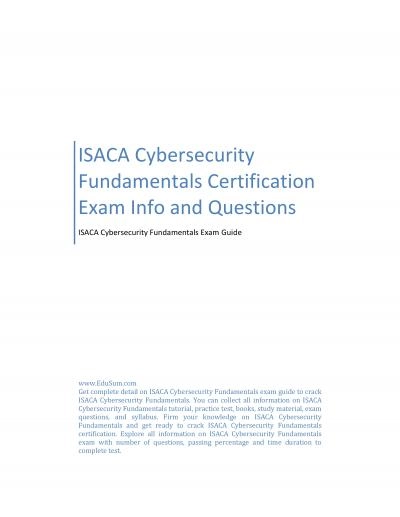PPT-TFOPA WG1 Cybersecurity SUPPLEMENTAL REPORT
Author : yoshiko-marsland | Published Date : 2018-11-02
FCC Task Force on Optimal PSAP Architecture Working Group 1 Second and Final Report Phase II Work FCC Task Force on Optimal PSAP Architecture InDepth Review of
Presentation Embed Code
Download Presentation
Download Presentation The PPT/PDF document "TFOPA WG1 Cybersecurity SUPPLEMENTAL REP..." is the property of its rightful owner. Permission is granted to download and print the materials on this website for personal, non-commercial use only, and to display it on your personal computer provided you do not modify the materials and that you retain all copyright notices contained in the materials. By downloading content from our website, you accept the terms of this agreement.
TFOPA WG1 Cybersecurity SUPPLEMENTAL REPORT: Transcript
Download Rules Of Document
"TFOPA WG1 Cybersecurity SUPPLEMENTAL REPORT"The content belongs to its owner. You may download and print it for personal use, without modification, and keep all copyright notices. By downloading, you agree to these terms.
Related Documents

